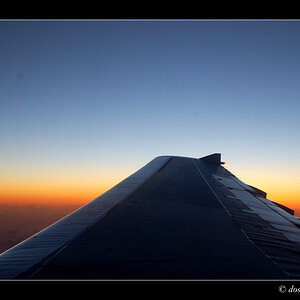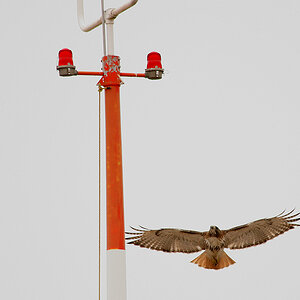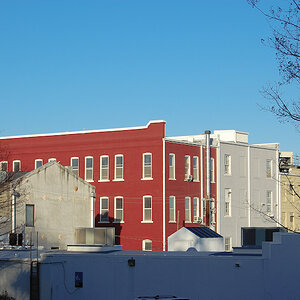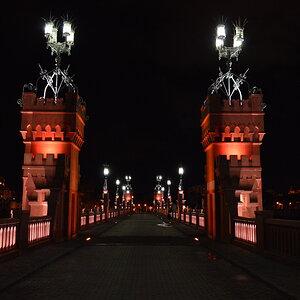psreilly
No longer a newbie, moving up!
- Joined
- Jul 10, 2013
- Messages
- 189
- Reaction score
- 31
- Can others edit my Photos
- Photos NOT OK to edit
I just recently bought a Nikon D810, and i've been thrilled with the results. I was skeptical cause I had been shooting with a Hassy H1 for years, but this thing was fantastic. Point i'm getting at though is, I was looking at the Nikon D4 for awhile. The price was obviously much higher than the D810, but I didn't notice many advantages to the D4 if any. I mean same sensor size of course, less pixels, I believe I heard it's not as good in low light as the D810.. Now i'm not trying to hate on the camera, cause i've never shot with it
But what makes the D4 as pricey as it is?
But what makes the D4 as pricey as it is?



![[No title]](/data/xfmg/thumbnail/39/39290-dfb3e819bd94a7f30797638ae1ae27cf.jpg?1619738958)
![[No title]](/data/xfmg/thumbnail/39/39294-339c772c727b255b9451f2639f2bc28e.jpg?1619738959)







